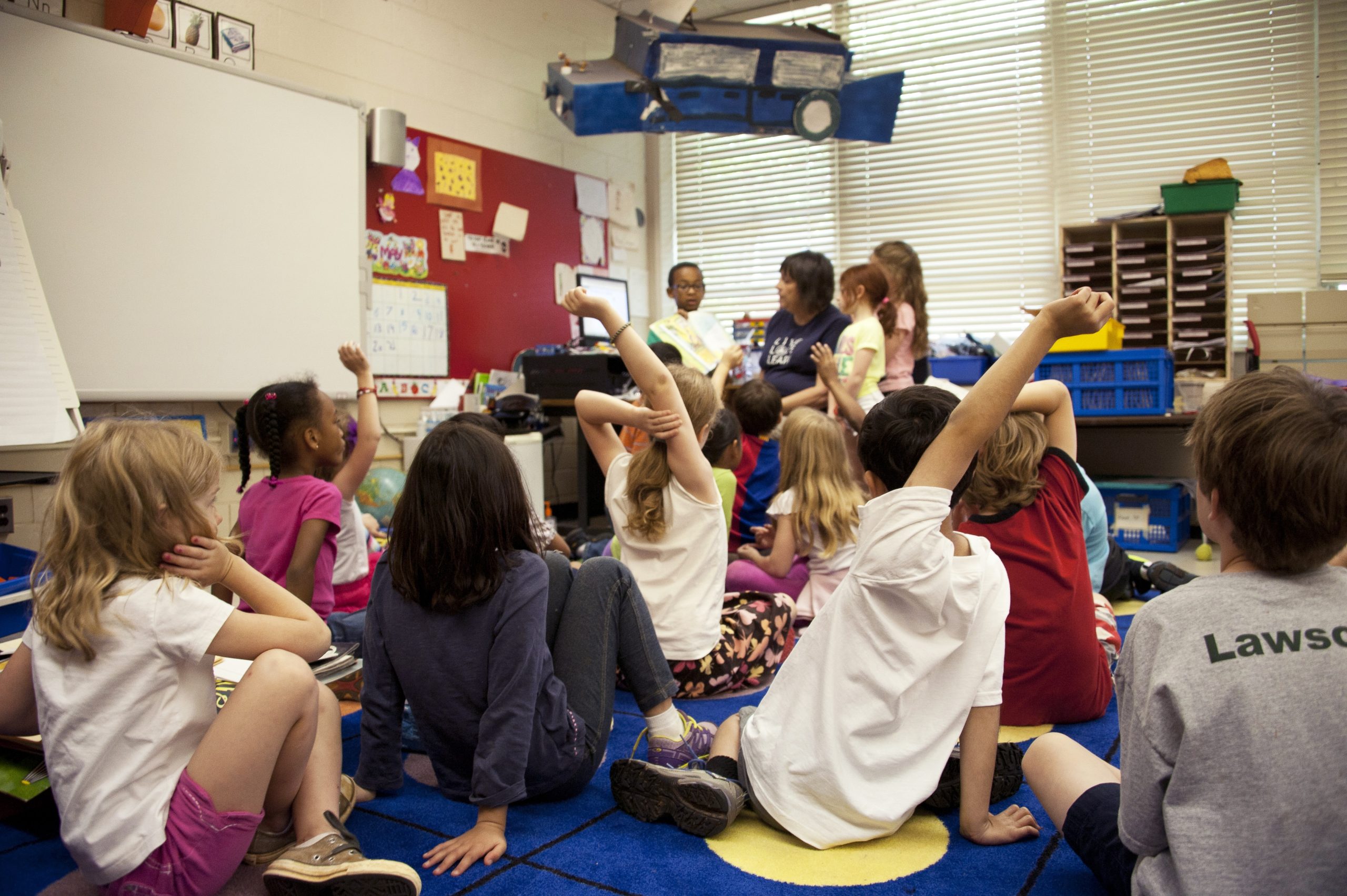How the physical environment affects the effectiveness of what we teach
We spend years of our lives improving and perfecting the way we plan lessons. We stay late up in bed at night reading books, blogs and articles on how student learning can be improved. But few of us consider the way a classroom can affect the way students learn.
Outside of the classroom, businesses are focusing on the impact of working environments. Walk through any major city and you’ll see high-tech shared office spaces appearing. The days of a single office spaces for every business are dying away. Even the world’s major corporations are moving into shared office environments and working from home.
The way we work is changing, especially for our students who have grown up acquiring knowledge and interacting in new ways. Many schools, however, haven’t adapted. Though we use iPads, interactive whiteboards and even AI-powered learning apps in schools, the physical structure of a classroom has changed little in the past century. Why do we have classrooms designed for Victorian students when the learners of today are digital natives? Even the interactive whiteboard is starting to feel prehistoric in an age of virtual reality headsets and Alexa home assistants.







